Simple Step-by-Step Guide on How to Get Copyright Permission
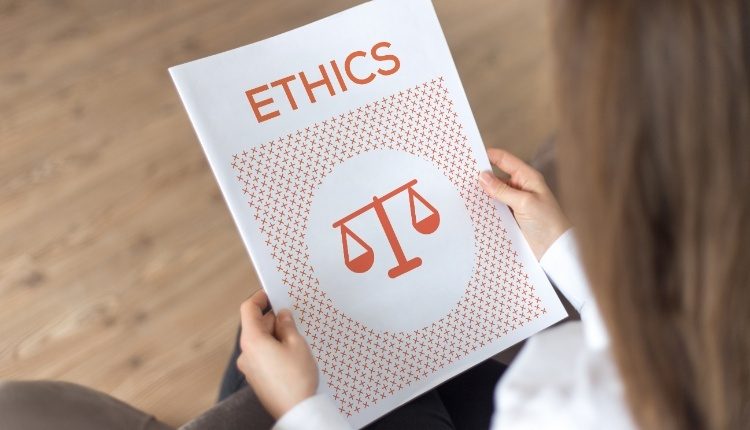
It is a well-known fact that when authors submit their work to a journal, the latter owns the copyright to the article. In simple words, the creator licenses the copyright to the publisher and now cannot claim any rights (unless specified in the copyright agreement) while the license is in force. How to get permission to use copyrighted material? Are permissions necessary for adapting or redrawing a figure? How to find a copyright owner? Is there a copyright permission guide? What are the ways in which you can approach the copyright holder when you need to seek consent? Read ahead to find the answers to all these questions!
Reproduction, Adaptation and Redrawing: What’s the Difference?
Reproducing a figure refers to using it in exactly the same form as is published previously.
Adaptation refers to making modifications (adding or deleting information) to the previously published form.
Redrawn figures refer to figures that have been created using data or results acquired from different sources.
Let us understand the difference between an adapted and redrawn figure with an example. Assume that you are drafting a manuscript describing a new method of extraction, and you wish to demonstrate the extraction scheme in your methods section. You have identified another paper that has reported a similar extraction method, but you have used different materials or reagents in some steps. You can save a copy of the figure that presents the extraction scheme, edit it to suit your requirements and add it to your manuscript. This will be considered as an adapted figure and will require permission from the copyright owner.
Alternatively, if you use the “extraction scheme figure” as a guide and redraw the extraction scheme from scratch, subsequently creating a new figure, it is known as “redrawing”. A permission is not necessary in this case but as a rule of thumb you should always seek consent to redraw. This is important because there is no standard definition on what degree of change in the original figure qualifies for a new figure rather than an adaptation.
What is a Publishing Contract/Agreement?
When a manuscript is accepted for publication in a journal, the publisher signs an agreement with the author. This covers details such as:
When will the manuscript be published?
What will be the format of publication (online/print or both)?
How many copies will be made available to the author?
Is the author entitled to any royalties? How will the royalties be shared between the author and the publisher?
What will be the payment mode/structure to the author?
How will the copyright be managed?
In general, copyright of articles is usually held by the publisher. Exceptions may occur in case of articles published in open access journals. They may have different re-use policies based on the Creative Commons license granted for that work. How do you proceed with getting copyright permission for reusing items from published articles? Let us have a quick understanding of the process using the following step-by-step guide.
Step-by-Step Guide to Get Copyright Permissions
Step 1: Determine if you require permission to use or adapt the original work
The first step involves identifying whether you need permission to use the work. There are two factors to consider when determine this:
Does any law or IPR apply to the work?
Will the intended use violate the law?
Here are some ways to figure it out.
Works that are not protected by intellectual property laws and freely available in the public domain can be used without seeking permission.
If the items (schemes/ figures/ diagrams/ tables) belong to any of your original and unpublished work, you can use it directly.
Furthermore, if you have revised the item, say re-drawn a figure such that it appears significantly different from the original, you do not need to take permission. However, it is always a good practice to confirm the same with the original publisher that you have the authority to redraw the figure.
In addition, you do not require consent if you have created a figure or table based on data or information obtained from another source. However, in both these cases, remember to cite or acknowledge the original work accurately.
Permission is a requisite if you want to use/modify or adapt a work that is under copyright protection.
Lastly, the question that most researchers are concerned about is— “When can I use copyrighted material without permission?” Well, if the usage pertains to ‘fair use of copyrighted work’, no permission is required. Fair use includes using the work for the purpose of criticism, news reporting, teaching in classroom, research etc.
Step 2: Identify the copyright holder
In most cases, the publisher is the owner of the article’s copyright and has the authority to grant permission for re-use. If the publisher is not the owner of the copyright, a representative from the publishing group can direct you to the copyright owner.
Step 3: Send a request to the owner for permission to use the work
You may send an email to the owner requesting consent to use their work. One can easily find the email address on the publisher’s website. Ensure you start this process early as it may take considerable amount of time (days to months) to obtain permission, depending on the type and amount of material and the responsiveness of the copyright owner. The email must include the following components:
Precisely indicate the materials that you need to use. State the title of the article, the authors, DOI, and page numbers.
Attach an image or snapshot of the item (image/table).
You may also share the link that can direct the publisher to the specific item
Mention the number of copies that you wish to create
Specifically mention the exact purpose and nature of the use
Ask if there is any license fee that you need to pay
Certain publishers, such as the Royal Society of Chemistry and Springer, suggest the use of RightsLink to obtain permission to reproduce an item.
It is always wise to not completely rely on oral agreement or consent. It may happen that you and the copyright owner have misunderstood each other on certain terms or may remember the agreement differently in case a dispute arises. Therefore, one must always get written permissions with all the terms mentioned explicitly.
Step 4: Cite the original work appropriately
Once you receive the permissions, acknowledge the original source accurately. You may use the following formats
Reproduced/Adapted from [Reference] with permission from [Copyright owner]
Reprinted from [Publication title, Volume/edition number, Author(s), Title of chapter/title of article, Page number, Copyright year] with permission from [Copyright Owner]
How to Know if a Work is Copyrighted
It is a known fact that acquiring copyright permissions is one of the ethical practices of publishing. As stated earlier, copyright protects original works of authorship. But how to know if a work is copyrighted?
Following these basic steps will help you in determining whether a work is copyrighted or not.
1. Carefully Examine the Work for Copyright Notice
Almost all copyrighted works include a copyright notice. A copyright notice is generally printed in the beginning of a book, or at the end of the article as a byline.
2. Search on the Website of the Copyright Office
You can search the online database by using the title, creator’s name, or keyword to check which work is copyrighted.
3. Find a Copyright Card Catalog
If the data isn’t available online, you will have to check through the catalogues of a physical library.
4. Request the Copyright Office to Search
If all the above steps do not deliver results, you may choose to request the Copyright Office to search for the copyright registration. The copyright office will have a detailed description of the fees that you will need to pay in order to carry out the search.
Have you ever faced any challenges while obtaining copyright permissions for reusing figures or tables? What were they? Post your queries here and our experts will be happy to assist you! You can also visit our Q&A forum for frequently asked questions related to copyrights answered by our team that comprises eminent researchers and publication experts.






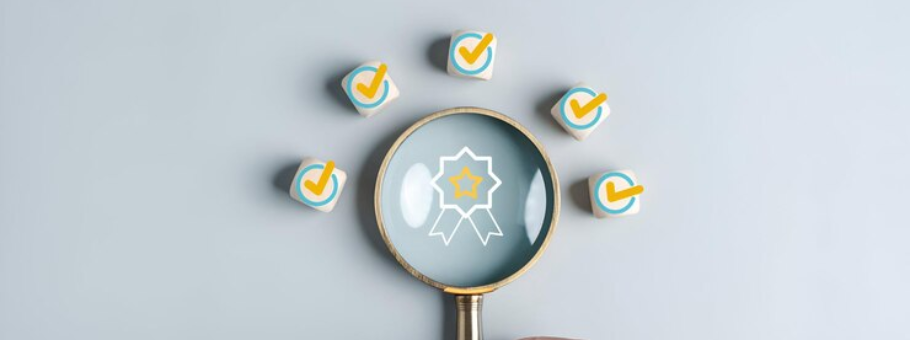
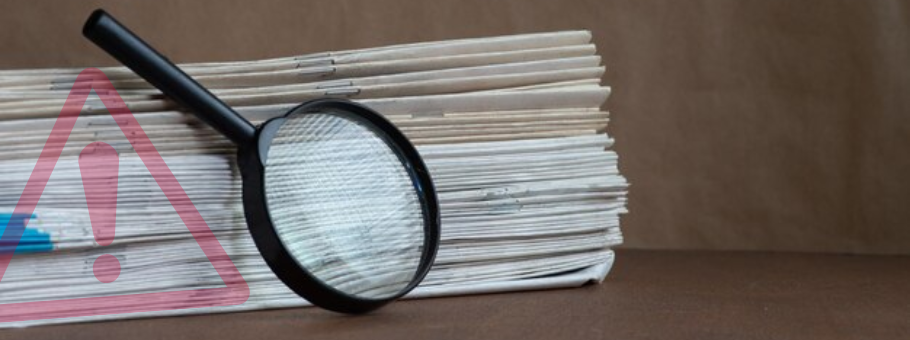
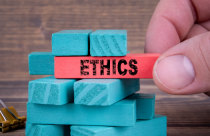
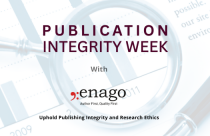
This was so usefull to know about the copyright permission process. Thank you so much.
I read your above guidance and I found it very enlightening. Your article helped to understand the rules better. I can say it made me wiser. Now I would like to inform u that have collected many good lines from the books I read, movies i had seen, TV serials I watched. They are all very impressive and motivating. Many read, see, view as entertainment or cursorily. i found those lines that I have collected helped to shape up my own character, perspectives, moral courage etcetra, i want to put them on social media like FB, Instagram, Blogs so that they will be helpful to many others also. the lines that I have collected either gone unnoticed or forgotten, that is why I needed help from you madam.
I am now 77 years and 2 months old, i wanted to do some thing good as early as i can.
thanks madam, regards, Muralidharan.